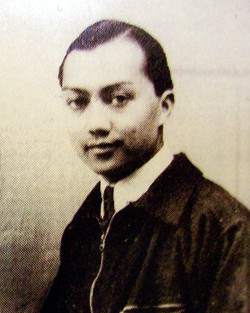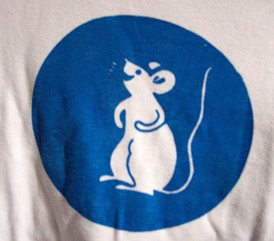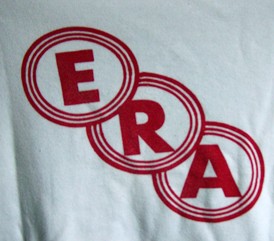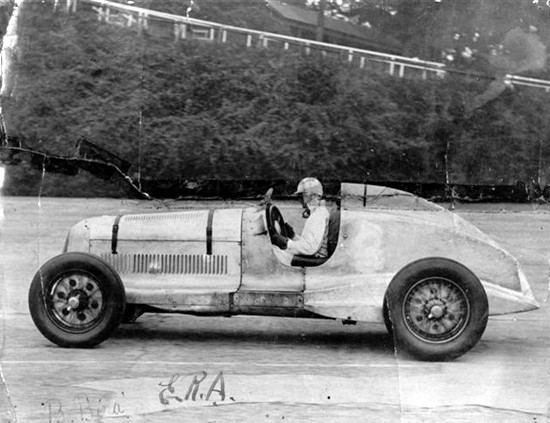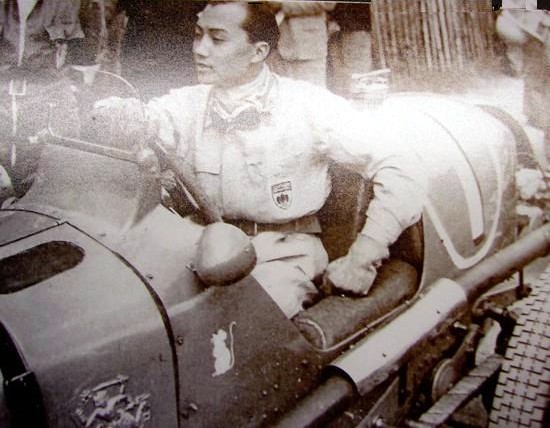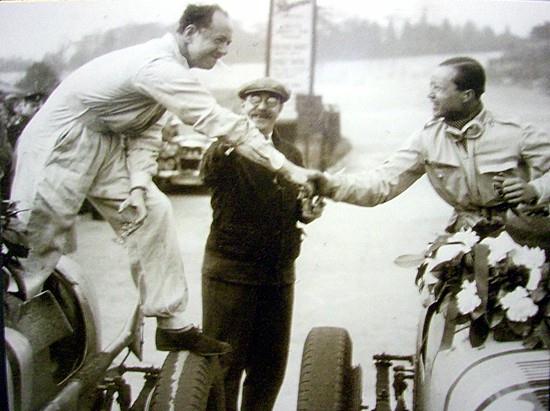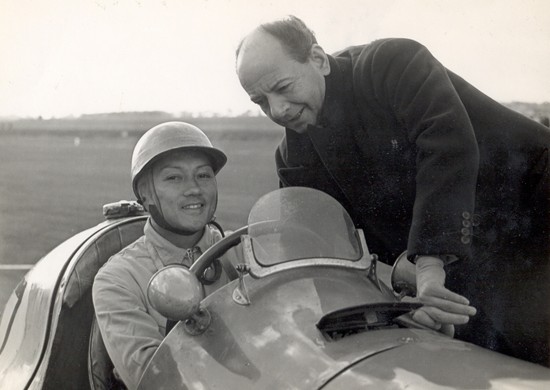A modest photo exhibition commemorating the colourful international racing star Prince Bira is included in the Raymond Mays Memorial Room at the Heritage Centre in South Street. This is a fitting place for his career to be chronicled in words and pictures because he and the founder of BRM enjoyed a friendship and racing rivalry lasting for almost fifty years. Prince Birabongse Bhanutej Bhanubandh was born at Bangkok on 15th July 1914, a member of the royal family of Siam [now Thailand], grandson of King Mongkut who opened the country to Western influence in the late 19th century and was made famous by the musical comedy The King and I. He arrived in Bourne in 1935 at the wheel of his Bentley, having driven up from London to meet Raymond and to discuss the possible purchase of a car made by ERA, the firm which he was running at that time. “When I entered Bourne I drove directly into the centre and got hold of the first man I came across”, the prince recalled later. “He had no difficulty whatsoever in directing me to the home of Mr Mays who was very well known in the town.” The prince had become successful under the generous patronage of his cousin and guardian, Prince Chula, who had come to this country to complete his education at Harrow and Cambridge and was running a team called White Mouse Racing. He was six years older than Prince Bira who eventually followed him to England to go to Eton but both were to marry English girls and make their homes here.
Prince Bira was then only twenty years old when he made that visit to Bourne and had recently begun motor racing but believed it was time to have a faster car than the sports models he had been driving in various races. The meeting was successful and the new blue-painted car he ordered from Raymond was delivered in time for his 21st birthday party but only just, arriving one hour before midnight but causing sufficient excitement among the guests who took turns to sit in it. The prince named it Romulus, quickly becoming one of the main exponents of this voiturette class of international racing and winning the Coup de Prince Rainier at Monte Carlo while the car remained in his ownership until his death half a century later. Two other models followed, in 1936 and 1938, which he named Remus and Hanuman and for the next few years, Bira remained consistently successful. Although he loved the bright lights and having fun, Prince Chula was a serious man and ran a highly organised racing team. His cousin also took driving seriously although less bothered about where the money was coming from. Bira remained in England during the Second World War of 1939-45, living quietly at a cottage in Cornwall, and afterwards, recommenced his motor racing pursuits with a new Maserati. But the sport was becoming more expensive and in 1947, Chula decided to give up but Bira continued on his own account, often driving for other teams, winning the Grand Prix des Frontieres in Belgium and finishing fourth in the French Grand Prix at Rheims. He raced until the end of the 1954 season when he married for the second time and scored his final victory in the non-championship New Zealand Grand Prix before retiring. Thereafter he returned to live in Thailand although he maintained a European base in the form of a three-masted schooner berthed at Cannes, close to his Riviera villa at Mandelieu. Chula died in 1963 aged 55. Meanwhile, Bira, a versatile and cultured man, undertook many business ventures but was less fortunate in his dealings. He collapsed and died from a heart attack at Baron’s Court underground station in London on 23rd December 1985. He was 71. A handwritten note was found in his pocket and so Scotland Yard sent it to
be analysed at the University of London, which identified it as being written
in Thai, addressed to Prince Bira. The Royal Thai Embassy was notified and it
was then realised that the old man was Prince Bira, a forgotten hero who had
once made such an impact for Thailand and who most people knew. A traditional Thai funeral
service was held at the Wimbledon temple and the prince was later cremated
according to Thai and Buddhist customs.
Go to: Main Index Villages Index
|
||||||||||||||
